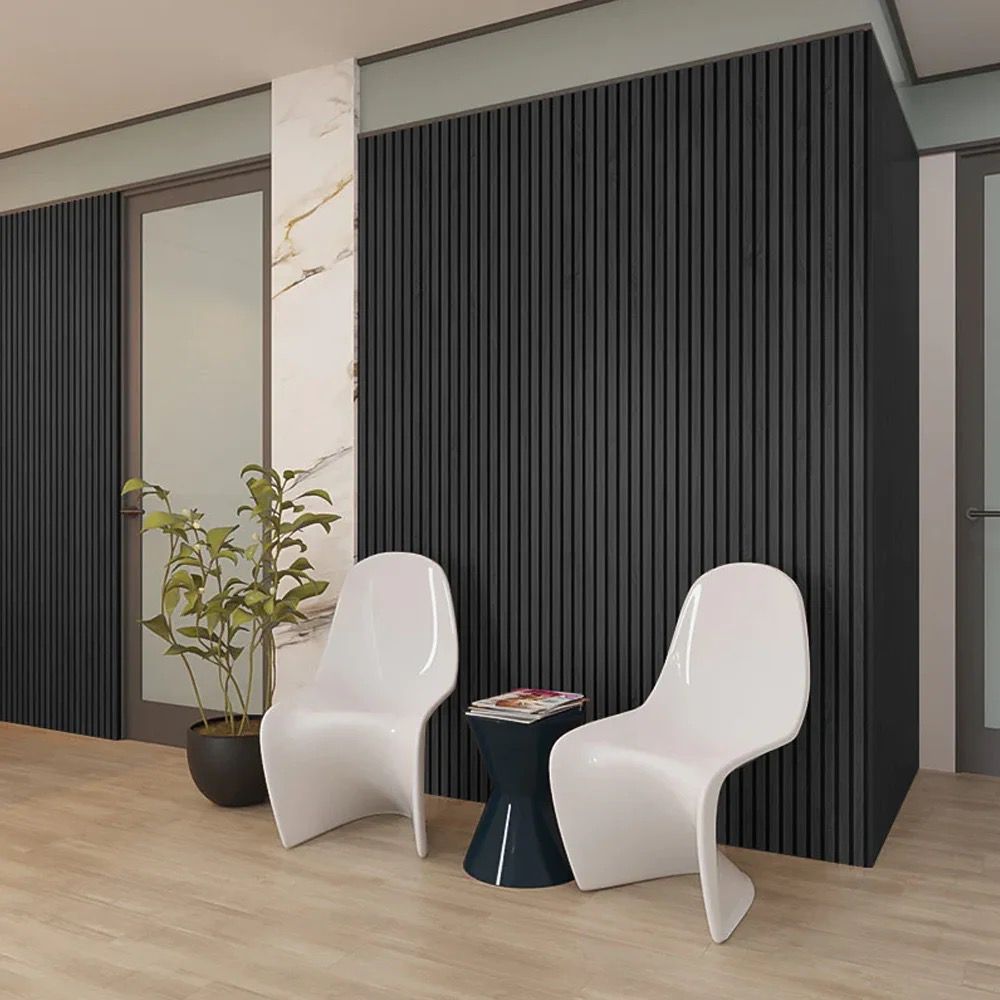Fresh Dimensions in Interior Design: A Modern Guide to Wood Panel Wall Design

Fresh Dimensions in Interior Design: A Modern Guide to Wood Panel Wall Design
Why Wood Panel Walls Are Making a Big Comeback
Wood panel walls are more than just a relic of mid-century architecture these days. It has made a comeback as a popular design trend, adding texture, warmth, and natural beauty to both traditional and contemporary homes. Whether you prefer rustic planks or elegant slats, there is a style of wood panel wall to suit your taste. The wood panel wall styles are very alluring because of their variety. For more on emerging
, explore how designers are blending old and new aesthetics.
The Charm of Wood Panel Walls in Every Room
Not only one room can have wood panel walls. They are among the most adaptable design elements available today, as they can quickly improve the atmosphere of any area.
Living Room: Natural Texture Meets Elegance
A wood panel wall provides warmth and dimension to living spaces. It might serve as a visual anchor behind your sofa, frame your fireplace, or draw attention to an entertainment center.
Bedroom: Cozy Layers of Organic Appeal
A rich focal point is created in the bedroom by the wood panel wall behind the bed. Go black for somber elegance or use brighter hues for a calmer setting.
Office: Inspire Creativity with Warmth
Adding a wood panel wall to your studio or workplace might help you be more creative and focused. Natural wood’s tactile appeal encourages a peaceful, effective workspace. You’ll find that today’s most popular
offer both style and function in equal measure.
Types of Wood Panel Wall Styles
Think about the style that best fits your home design when selecting a wood panel wall. Many homeowners turn to curated
when planning a major interior overhaul. Here are a few noteworthy choices:
- Vertical Slats: Clean and contemporary, ideal for Scandinavian and minimalist spaces.
- Reclaimed Wood: Adds rustic charm and character while being eco-friendly.
- Geometric Layouts: Offers a more artistic, modern flair.
- Wide Horizontal Planks: A traditional approach that creates an expansive feel.
- Painted Wood Panels: Combines texture and color to create a dramatic or whimsical effect.
Design Tips for a Flawless Wood Panel Wall
Here are some expert pointers to make your wood panel wall a standout feature:
- Balance with Light: Natural wood can darken a room. Pair with ample lighting and bright accents.
- Mind the Grain: Let the natural beauty of wood shine. Choose grain patterns that enhance your overall theme.
- Don’t Overdo It: Use wood paneling as an accent rather than covering all walls.
- Finish Smart: Select stains or finishes that protect and emphasize the wood’s color.
Where to Use Wood Panel Walls Creatively
You can take your wood panel wall beyond the standard backdrops. We use digital marketing to highlight how a wood panel wall transforms any room into a statement space. Think outside the box.
- Hallways or entryways for a warm welcome
- Behind open shelving in kitchens
- On ceilings for unexpected visual interest
- As a backdrop for mirrors or artwork
- Inside built-in cabinetry
Benefits of Installing a Wood Panel Wall
Here’s a breakdown of why homeowners and designers are increasingly choosing wood panel walls:
Acoustic Performance : Reduces echo and absorbs sound, making your space quieter and more serene.
Aesthetic Warmth : Natural tones and textures evoke comfort and coziness.
Increased Value : High-quality wood panel walls can increase a home’s appeal and resale value.
Easy Maintenance : Treated wood requires minimal upkeep and lasts for years.
Versatility : Suitable for any style—from farmhouse to modern luxe.
Frequently Asked Questions About Wood Panel Walls
Q: Are wood panel walls expensive to install? A: Costs vary depending on wood type and installation complexity, but they’re often more affordable than stone or tile.
Q: Can I install a wood panel wall myself? A: Yes, a lot of wood panel wall systems, particularly those with peel-and-stick or interlocking planks, are do-it-yourself options.
Q: What types of wood work best? A: Oak, pine, cedar, and walnut are popular for their beauty, durability, and workability.
Q: Will wood panel walls go out of style again? A: With their current modern reinterpretation, wood panel walls are proving timeless.
Q: Can I paint over my wood panel wall? A: Absolutely. Painted wood panels are a great way to add color while maintaining texture.